Learn how to make authentic mole sauce from scratch with this simple, step-by-step guide. Perfect for beginners, this recipe includes precise measurements and 7 delicious variations to transform your meals. No need for advanced skills—just follow these clear instructions to create rich, complex mole in under 2 hours.
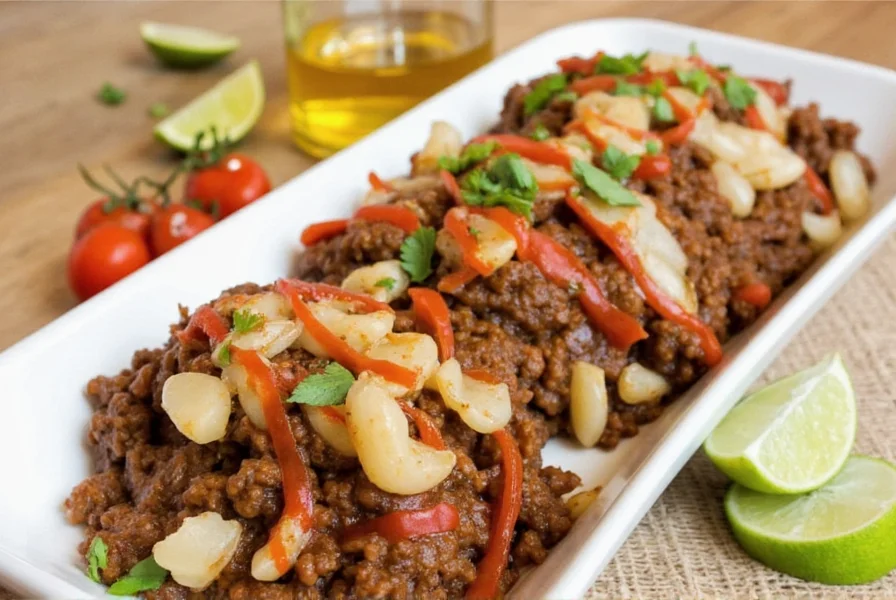
| Prep Time | Cook Time | Total Time | Servings |
|---|---|---|---|
| 45 minutes | 1 hour 30 minutes | 2 hours 15 minutes | 6 servings |
Key Ingredients (Exact Measurements)
| Ingredient | Amount | Role |
|---|---|---|
| Dried Ancho Chilies | 10 (stemmed, seeded) | Base heat and fruity depth |
| Dried Mulato Chilies | 6 (stemmed, seeded) | Rich, chocolatey undertones |
| Unsweetened Cocoa Powder | 2 tbsp | Smoothness and depth |
| Tomatoes (canned) | 1 cup (14 oz) | Acidity and richness |
| Onions | 1 large, diced | Umami foundation |
| Garlic | 4 cloves, minced | Savory depth |
| Cinnamon Stick | 1 | Warm spice |
| Cumin Seeds | 1 tsp | Earthy notes |
| Almonds | 1/4 cup | Texture and creaminess |
| Bread (stale) | 2 slices | Thickening agent |
| Chicken or Vegetable Broth | 2 cups | Consistency base |
Step-by-Step Mole Sauce Recipe
- Toast chilies: In a dry skillet over medium heat, toast ancho and mulato chilies for 1-2 minutes per side until fragrant. Remove stems and seeds, then soak in hot water for 20 minutes.
- Sauté aromatics: In the same skillet, cook onions and garlic until golden (5 mins). Add tomatoes, cinnamon stick, cumin seeds, and toast for 2 minutes.
- Blend sauce: Drain chilies and combine with sautéed ingredients, almonds, bread, cocoa powder, and 1 cup broth in a blender. Blend until smooth (2 mins).
- Simmer: Pour mixture into a pot, add remaining broth, and simmer on low heat for 45 minutes, stirring occasionally.
- Final adjustments: Remove cinnamon stick. Taste and adjust: add pinch of sugar if bitter, or 1 tsp chocolate if too acidic. Strain through a fine-mesh sieve for silky texture.
7 Best Mole Variations to Try
1. Classic Chicken Mole Poblano
Shred 2 lbs cooked chicken thighs and simmer in 3 cups mole sauce. Serve over rice with avocado slices and warm tortillas.
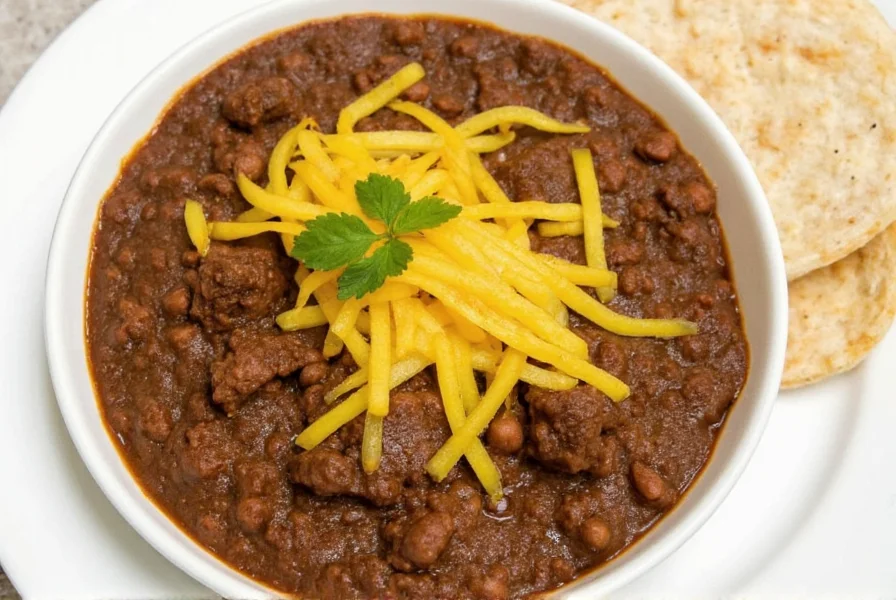
2. Vegetarian Mole Enchiladas
Fill corn tortillas with roasted sweet potatoes and black beans. Top with mole sauce and vegan cheese. Bake at 375°F for 20 minutes.
3. Mole Tacos al Pastor
Marinate 1 lb pork shoulder in mole sauce + 2 tbsp pineapple juice for 4 hours. Grill and serve with pineapple salsa and pickled onions.
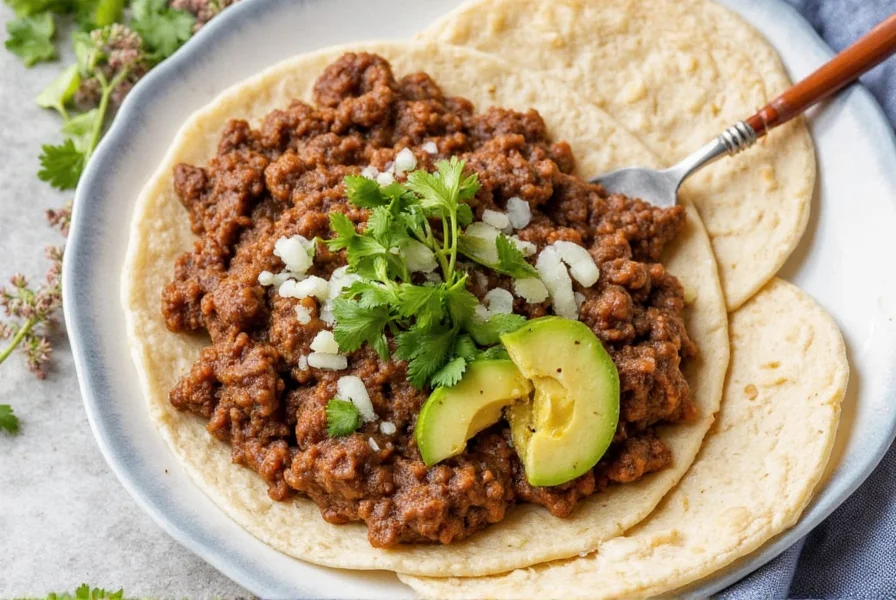
Frequently Asked Questions
What's the difference between mole and mole sauce?
"Mole" (pronounced MOH-lay) is the complete sauce itself—"mole" comes from the Nahuatl word "molli," meaning "sauce." "Mole sauce" is redundant since mole refers to the sauce. Regional variations like mole poblano or mole negro specify the style.
Is mole always spicy?
No. Traditional mole balances heat with sweetness from chocolate and fruit. This recipe uses mild chilies for approachable flavor. For less heat, remove all chili seeds; for more, add 1 chipotle pepper.
Can I make mole without chocolate?
Yes. Substitute cocoa powder with 1 tbsp toasted sesame seeds or 2 tbsp almond butter for richness. Note: Chocolate-free mole will lack the signature depth of mole negro.
Smart Ingredient Buying Guide
| Ingredient | What to Look For | Pro Tip |
|---|---|---|
| Dried Chilies | Plump, flexible, no cracks | Buy from Mexican markets for authentic flavor |
| Unsweetened Cocoa | 100% cacao, no added sugar | Use Dutch-processed for smoother taste |
| Cinnamon Sticks | Whole sticks (not ground) | Crush lightly before adding to release oils |
Mole isn't just a sauce—it's a cultural treasure that rewards patience with incredible flavor. With precise measurements and these 7 variations, you'll master authentic mole in your kitchen. Remember: taste as you go, adjust to your preference, and enjoy the journey!
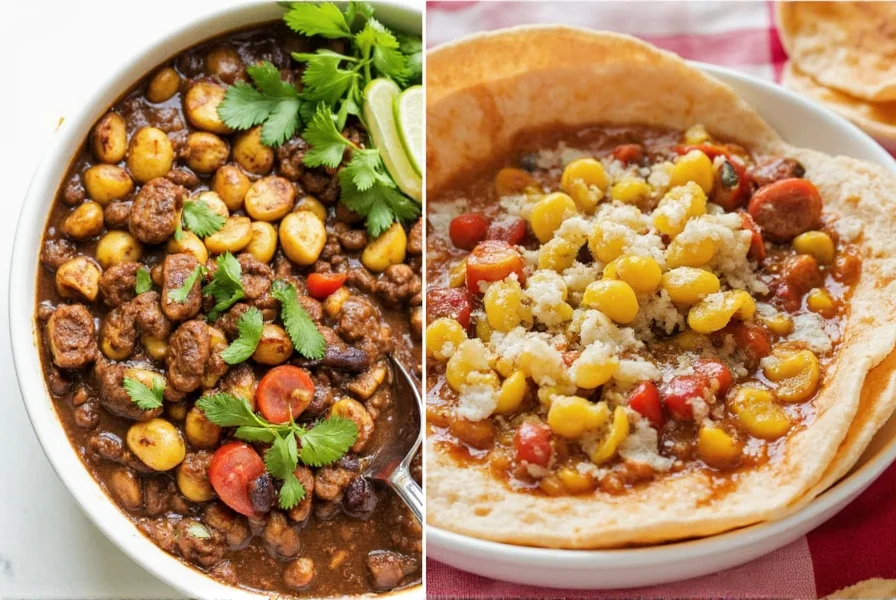

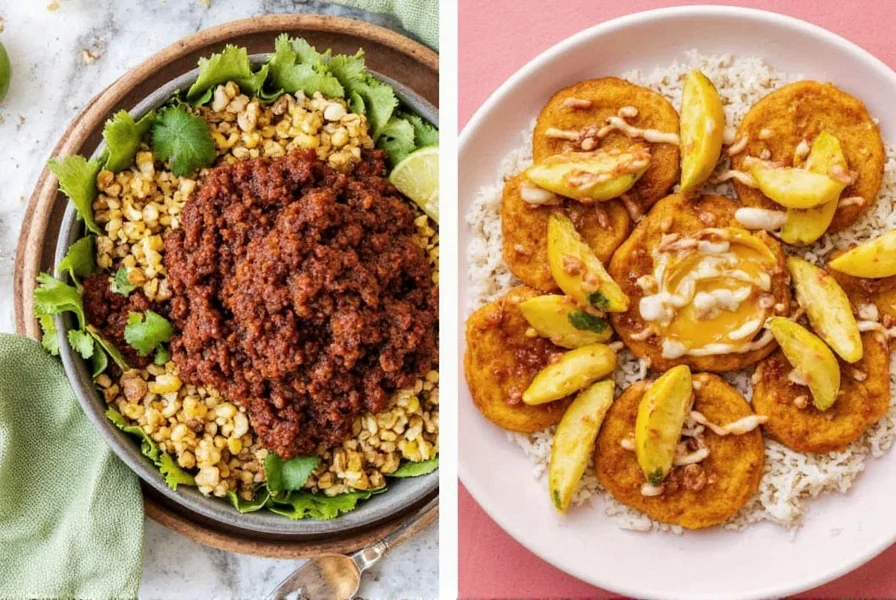









 浙公网安备
33010002000092号
浙公网安备
33010002000092号 浙B2-20120091-4
浙B2-20120091-4